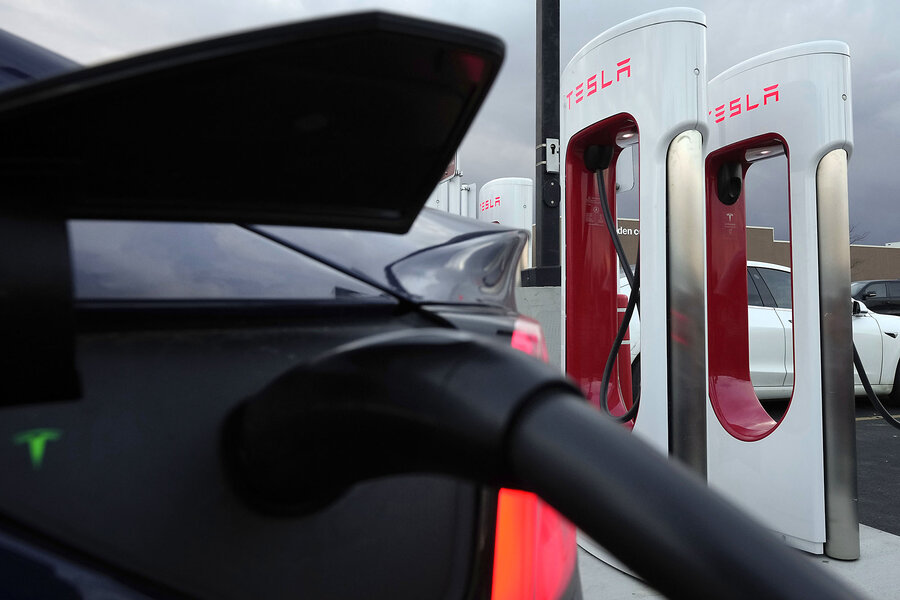
Electric vehicles (EVs) have been making headlines for their potential to revolutionize the transportation sector and reduce greenhouse gas emissions. According to multiple reports, global EV sales saw a significant increase in the first quarter of 2024 compared to the same period in 2023. The International Energy Agency (IEA) reported a 25% growth in EV sales during this time frame. Despite these positive signs, some concerns have been raised about the environmental impact of EVs, particularly with regards to battery production and their reliance on electricity from non-renewable sources.
Experts agree that a transition from a transportation sector based on internal combustion engines (ICEs) to one that is electrified is all but inevitable. However, the pace and scope of this transition will depend on various factors, including technological advancements, government policies, and consumer preferences.
One of the primary concerns about EVs is their environmental impact during production. For instance, mining for minerals like cobalt and lithium used in batteries can have negative consequences on the environment and local communities. However, it's important to note that EVs still offer significant environmental benefits over ICE vehicles when considering their entire life cycle.
According to multiple studies, EVs have a lower climate impact than fossil fuel-based cars over their lifetime. This difference becomes even more pronounced when consumers use renewable energy sources for charging their electric vehicles. For example, in Australia, where 8.1% of new vehicles sold in 2023 were EVs but they make up only 1.2% of the total passenger vehicle fleet, government initiatives like the New Vehicle Energy Standards can help speed up the transition to EVs.
Despite these encouraging signs, it's essential to remain skeptical and consider all sources when reporting on this topic. Some reports may present a biased perspective or lack sufficient evidence to support their claims. It's crucial for journalists to provide a balanced and factual account of the situation, highlighting both the challenges and opportunities associated with the transition to electric vehicles.





